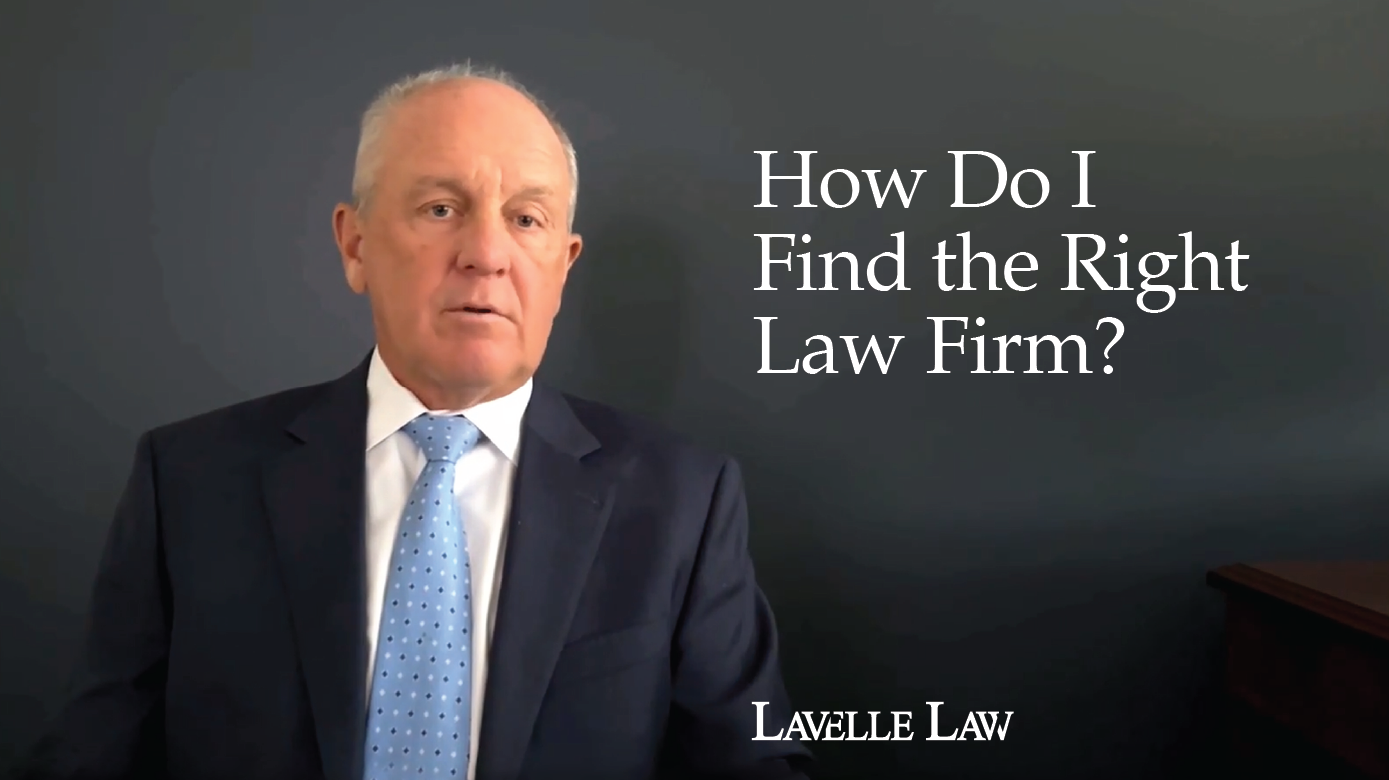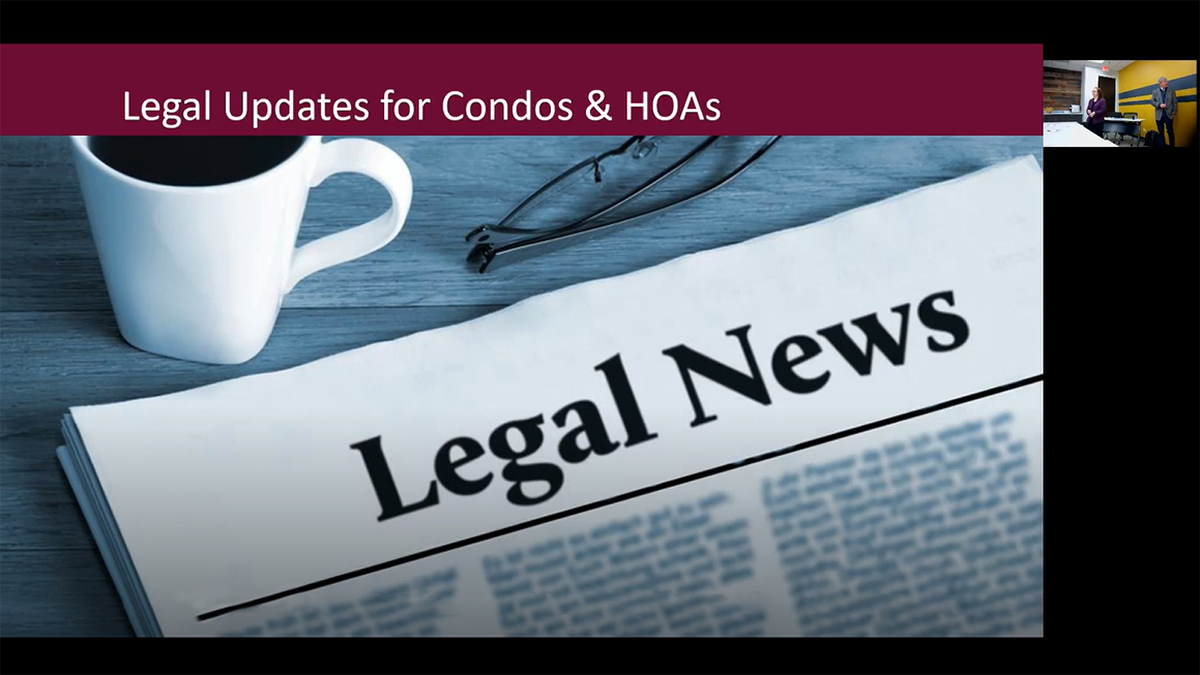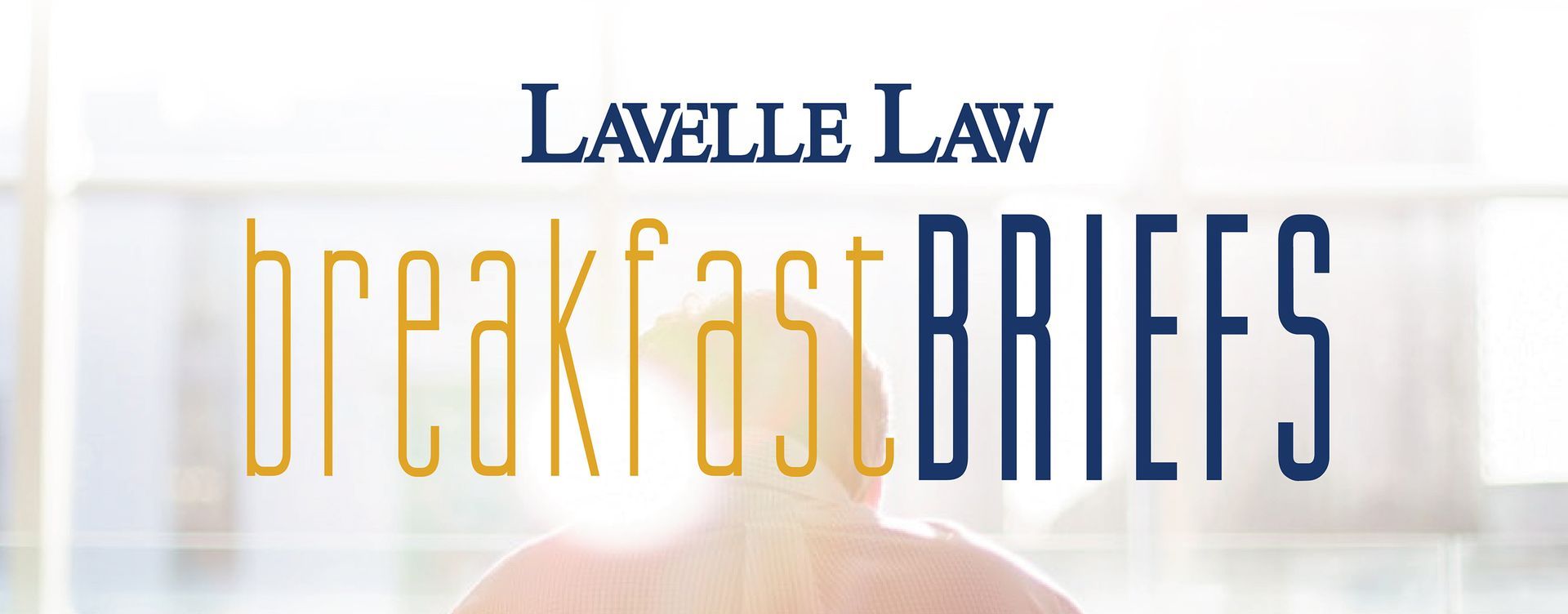Small Business – Reorganize with Bankruptcy and Save Your Business
Theodore M. McGinn • April 8, 2020
SUBCHAPTER V BANKRUPTCY
Introduction
Chapter 11 bankruptcies used to be a strategy used by larger multi-million dollar Fortune 500 companies. It always seemed odd advising a business client that it needed a lot of cash flow to file for chapter 11 bankruptcy protection. If they had cash flow, then they do not need to file for bankruptcy. That has all changed.
The Small Business Reorganization Act of 2019 (SBRA) took effect on February 20, 2020. The SBRA adds a new subchapter, Subchapter V, to Chapter 11 of the Bankruptcy Code. It provides small business debtors greater flexibility to reorganize under Chapter 11. Subchapter V reorganizations are more streamlined and accessible than traditional Chapter 11 ones. They also provide small business debtors more control over the structure and payment of their reorganizations. Subchapter V provides small businesses much-needed relief in light of the ongoing COVID-19 pandemic.
Who Qualifies as a Small Business Debtor?
To qualify for Subchapter V, a small business debtor must be a person or entity engaged in commercial or business activity (other than single asset real estate operators) with aggregate secured and unsecured debts up to $2,725,625. The CARES Act recently increased that limit to $7,500,000.00. The debtor must show that at least fifty percent of its pre-petition debt came from such commercial or business activities.
Strategic Uses
- Commercial Lease: A business can pay the back rent back over three to five years.
- Bank Debt: A business can pay the arrearage over three to five years. A debtor could attempt a “cram down” of a lien under certain circumstances.
- Vendor Debt: A business can pay arrearage over three to five years, and possibly reduce the amount due, depending on the business balance sheet.
- Federal Taxes: A business can pay delinquent taxes over three to five years.
What are the Features of Subchapter V Reorganizations?
- Timeline: Subchapter V reorganizations are designed to be efficient. The SBRA mandates that, in Subchapter V proceedings, courts hold the first status conference within sixty days of the petition date. The reorganization plan must be filed within ninety days of the court’s order for relief. Subchapter V plans must complete all payments under the plan between three and five years from the plan’s effective date.
- Debtor-Proposed Plan: One of the most significant features of Subchapter V reorganizations is that only the debtor is allowed to propose a plan. Creditors may not propose alternate plans. The debtor does not need to submit a separate disclosure statement to obtain approval.
- Confirmation: Confirmation of Subchapter V reorganization plans does not require the acceptance of an “impaired class of creditors,” unlike traditional Chapter 11 plans.
- Trustee Appointment: The SBRA requires the U.S. Trustee to appoint a trustee for every Subchapter V reorganization. The trustee facilitates the reorganization and oversees its implementation. The debtor presumptively remains a debtor-in-possession. The trustee only takes possession of the debtor’s assets if the court determines the debtor committed acts such as fraud or gross mismanagement.
- Creditor Committees: In traditional Chapter 11 proceedings, courts by default appoint unsecured creditor committees to provide oversight of the reorganization. In Subchapter V reorganizations, there is no requirement for unsecured creditor committees. Courts may still appoint these committees at their discretion.
- No “New Value” Rule: Unlike traditional Chapter 11 reorganizations, Subchapter V reorganizations do not require small business debtor equity holders to provide “new value” to the business in order to retain their stake in it.
- Mortgage Modification: If a small business owner used their primary residence as security for a business loan, Subchapter V allows them to modify the loan. This option was previously only available to family farmers and fishermen under Chapter 12.
- Administrative Expenses: The SBRA also provides small business debtors with greater flexibility for paying administrative expenses than traditional Chapter 11 reorganizations. Subchapter V debtors are eligible to pay administrative expense claims throughout the duration of the plan, rather than on the plan’s effective date.
Conclusion
Subchapter V provides small businesses greater flexibility in restructuring their debts than traditional Chapter 11 proceedings. Because these reorganizations are less expensive than traditional Chapter 11 proceeding they can be a tremendous tool that a small business may use to restructure its debts thereby saving the business. This new option is particularly timely, as many small businesses are grappling with the effects of the COVID-19 pandemic. If you are considering debt restructuring or simply have questions, please contact attorney Theodore M. McGinn at (847) 705-7555 or tmcginn@lavellelaw.com.
More News & Resources
Lavelle Law News and Events

The Illinois General Assembly enacted Public Act 1738, amending several provisions of the Illinois Code of Civil Procedure to raise debtor exemption limits effective 1.1.26. The new law provides expanded protection for residents, marking the most significant increase to the state’s exemption statutes in over a decade.










